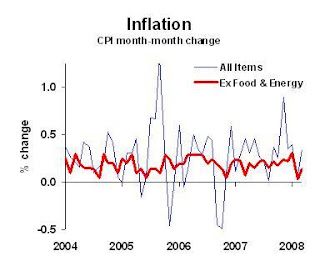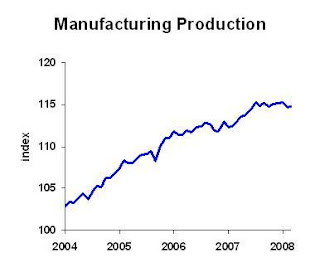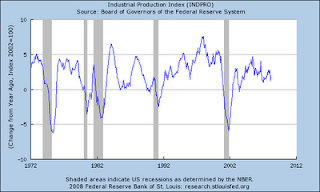
GeoFRED™ is a data-mapping tool that displays color-coded data on the state, MSA and county levels. For example, GeoFRED can display unemployment, labor force and population for all U.S. counties. Users can select among 19,000 FRED® data series and customize these printable maps according to size, scope and detail. Those seeking to get a better handles on their local trade area will find this tool useful.
HT: NY Times Economix Blog



